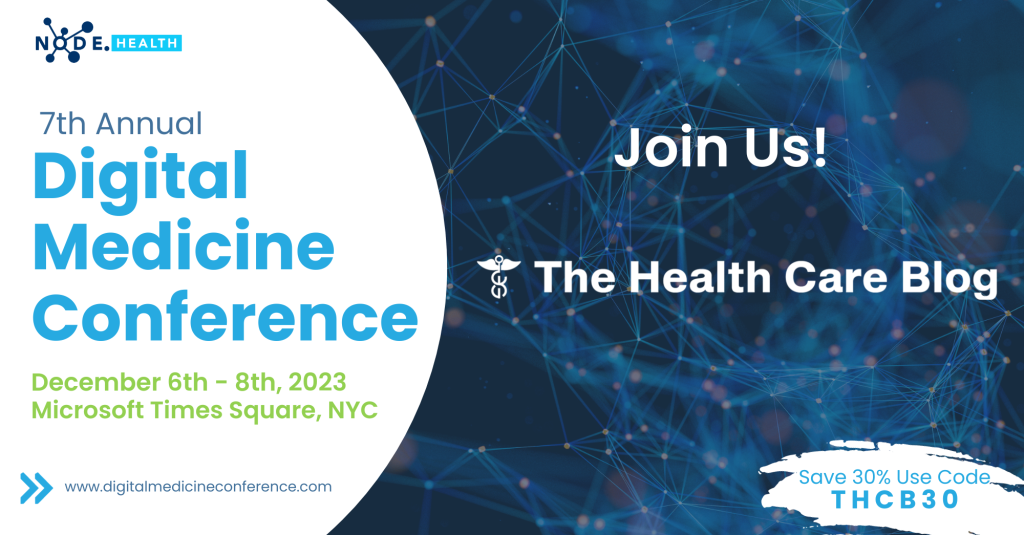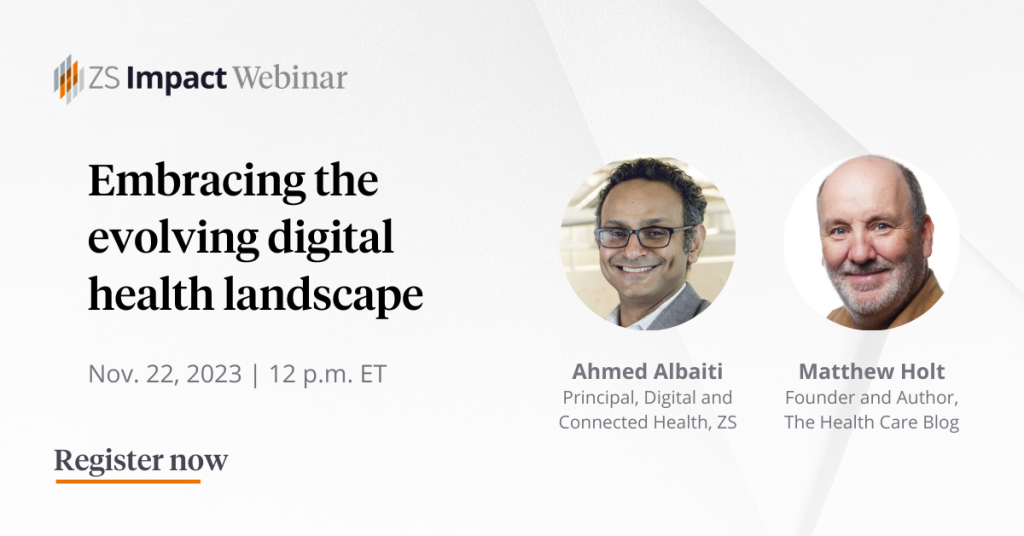By KIM BELLARD
There were many things I could have written bout this week – e.g., in A.I., in quantum computing, even “transparent wood” — but when I saw some news about biological robots, I knew I had my topic.
The news comes from researchers at Tufts University and Harvard’s Wyss Institute. Their paper appeared in Advanced Science, introducing “a spheroid-shaped multicellular biological robot (biobot) platform” that they fondly dubbed “Anthrobots.” Importantly, the Anthrobots are made from human cells.
Let’s back up. In 2020, senior researcher Michael Levin, Ph.D., who holds positions at both Tufts and Harvard, worked with Josh Bongard, Ph.D. of the University of Vermont to create biological robots made from frog embryo cells, which they called Xenobots. They were pretty impressive, capable of navigating passageways, collecting material, recording information, healing themselves from injury, and even replicating for a few cycles on their own, but the researchers wanted to find out if they could create biological robots from other types of cells – especially human cells.
Well, the new research showed that they could. They started with cells from adult trachea, and without genetic modification were able to demonstrate capabilities beyond those Xenobots had demonstrated. Lead author Gizem Gumuskaya, a PhD. student said: “We wanted to probe what cells can do besides create default features in the body. By reprogramming interactions between cells, new multicellular structures can be created, analogous to the way stone and brick can be arranged into different structural elements like walls, archways or columns.”
The Anthrobots come in different shapes and sizes, and are capable of different motions. Ms. Gumuskaya is quite excited about their capabilities:
The cells can form layers, fold, make spheres, sort and separate themselves by type, fuse together, or even move. Two important differences from inanimate bricks are that cells can communicate with each other and create these structures dynamically, and each cell is programmed with many functions, like movement, secretion of molecules, detection of signals and more. We are just figuring out how to combine these elements to create new biological body plans and functions—different than those found in nature.
Even better, Ms. Gumuskaya pointed out: “Anthrobots self-assemble in the lab dish. Unlike Xenobots, they don’t require tweezers or scalpels to give them shape, and we can use adult cells – even cells from elderly patients – instead of embryonic cells. It’s fully scalable—we can produce swarms of these bots in parallel, which is a good start for developing a therapeutic tool.”
They tested Anthrobots’ healing capabilities by scratching a layer of neurons, then exposed the gap to a cluster of Anthrobots called a “superbot.” That triggered neuron growth only in that area. The researchers noted: “Most remarkably, we found that Anthrobots induce efficient healing of defects in live human neural monolayers in vitro, causing neurites to grow into the gap and join the opposite sides of the injury.”
“The cellular assemblies we construct in the lab can have capabilities that go beyond what they do in the body,” said Dr. Levin. “It is fascinating and completely unexpected that normal patient tracheal cells, without modifying their DNA, can move on their own and encourage neuron growth across a region of damage.”
Continue reading…















